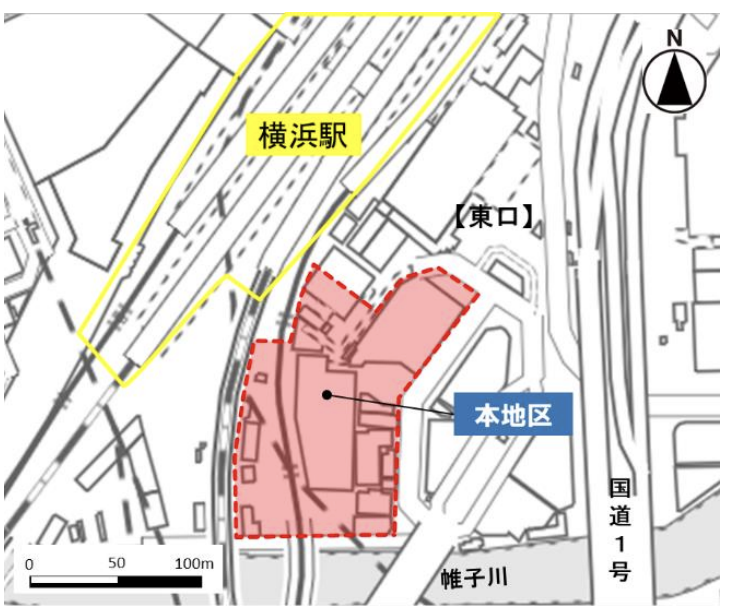The recent economic situation, including the historic depreciation of the yen and rising prices of commodities, has given us an opportunity to rethink our approach to money. In order to overcome these times and build stable assets for the future, it is essential to have a deep understanding of the characteristics of financial assets andreal assets, and to construct an "optimally balanced" portfolio that matches your own goals and risk tolerance. This article will explain the specific methodology from the perspective of a real estate expert.
Basic Knowledge of Financial Assets and Real Assets
When considering asset management, the first thing to understand are the two major categories of "financial assets" and "real assets. They each have different characteristics, and by combining them, you can build a stronger asset portfolio.
Comparison of Financial Assets and Real Assets
To better understand the differences between the two, the table below summarizes their characteristics.
| Characteristics | Financial Assets | Real Assets |
|---|---|---|
| Examples | Deposits, stocks, bonds | Real estate, gold, art |
| Resistance to inflation | Weak to strong | Strong |
| Liquidity | High | Low |
| Sources of Value | Creditworthiness and earnings expectations | Physical value |
Why is it important to have an "optimal balance" of assets?
Having understood the characteristics of both financial and physical assets, let's now delve into why it is important to hold these two assets in balance.
Principles of Diversification and Preparing for Inflation
The basis of investment is diversification, which is summed up in the adage, "Don't put all your eggs in one basket. Since financial assets and real assets have different trends in price movements, risk can be effectively diversified by combining the two. In particular, under the current inflationary environment, the real value of cash and deposits will diminish, so incorporating real assets such as real estate, which are resistant to price increases, is the key to asset protection.
Impact of Real Estate Investment on a Portfolio
Among real assets, real estate investments in particular are a very attractive option that can play a diverse role in a portfolio.
Multifaceted Benefits and Risk Management of Real Estate Investments
In addition to stable rental income (income gain), real estate investment offers many benefits , includingtax savings, an alternative to life insurance, and a leverage effect that allows for large investments with little personal capital. Of course, risks such as "vacancy" and "repairs" exist, but these can be controlled by taking appropriate measures. For example, by selecting properties with high rental demand, establishing a systematic repair plan, and purchasing various types of insurance, risks can be significantly reduced.
| Advantages | Disadvantages and countermeasures |
|---|---|
| Stable rental income | Vacancy risk: Select properties with high rental demand |
| Countermeasures against inflation | Repair risk: Provide a planned repair reserve |
| Tax saving and life insurance effects | Interest rate rise and disaster risk: Prepare for these risks with fixed-rate loans and insurance |
Four Steps to Build an Optimal Portfolio
So how exactly should one construct an optimal portfolio? Here are four basic steps to do so.
Step 1: Understand your current situation and goals
Objectively analyze your age, annual income, and risk tolerance, and set specific goals for "when" and "how much" you need.
Step2:Determine asset allocation
Based on your goals and risk tolerance, determine the allocation of funds to financial assets and real assets. We will consider the allocation that is best suited to you, such as increasing stability based on your age.
Step3:Select specific investment targets
We determine specific investment targets, including the use of NISA and iDeCo, as well as the selection of real estate properties that meet your goals.
Step4:Periodic review (rebalancing)
Periodically review your asset allocation in accordance with changes in market conditions and life stages to maintain optimal conditions at all times.
Summary: Wise asset management strategies that build the future
This article has explained the importance of an optimal balance between financial assets and real assets, and the effectiveness of real estate investment in a portfolio. In order to protect and grow assets from a long-term perspective amid unstable economic conditions, a well-balanced portfolio that takes advantage of both the liquidity of financial assets and thestability and inflation resistance of real assets is essential. Real estate investment, in particular, can be a powerful pillar of your asset portfolio, offering a wide range of benefits, including a stable source of income, inflation protection, and tax savings.
It is now time for you to take the first step to transform your vague fears about the future into concrete actions to proactively build your own future. At INA&Associates, we take each client's situation and goals seriously and propose optimal asset building plans centered on real estate. Please feel free to contact us and tell us about your asset-related concerns and dreams. We promise that this will be a solid step toward a bright future.
Frequently Asked Questions (Q&A)
- Q1:I am a beginner in investment.
- A1:We recommend that you start with NISA, which allows you to start with a small amount, and deepen your expertise through seminars. If you are interested in real estate investment, it is important to consult with a specialist from the basics.
- Q2:How much personal funds are required for real estate investment?
- A2:The standard is 10-20% of the property price, but there are an increasing number of cases where you can start with a small amount of personal funds. The important thing is to make a reasonable financial plan. Please consult with a specialist.
- Q3:Is there an ideal ratio of financial assets to real assets?
- A3:There is no absolute ratio, and it depends on a person's age and risk tolerance. Generally speaking, there is a tendency to increase the ratio of real assets, which are more stable, as one gets older.

Daisuke Inazawa
Representative Director of INA&Associates Inc. Based in Osaka, Tokyo, and Kanagawa, he is engaged in real estate sales, leasing, and management. He provides services based on his extensive experience in the real estate industry. Based on the philosophy that “human resources are a company's most important asset,” he places great importance on human resource development. He continues to take on the challenge of creating sustainable corporate value.

.png)













